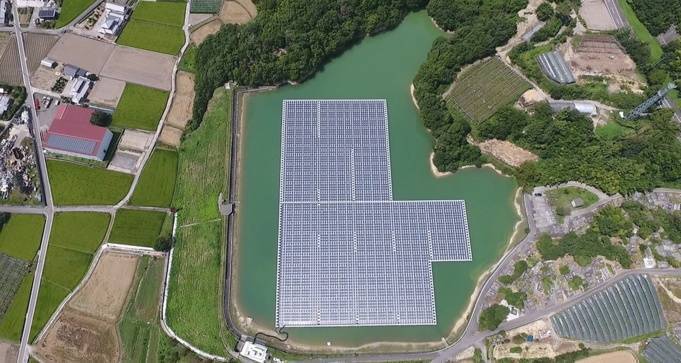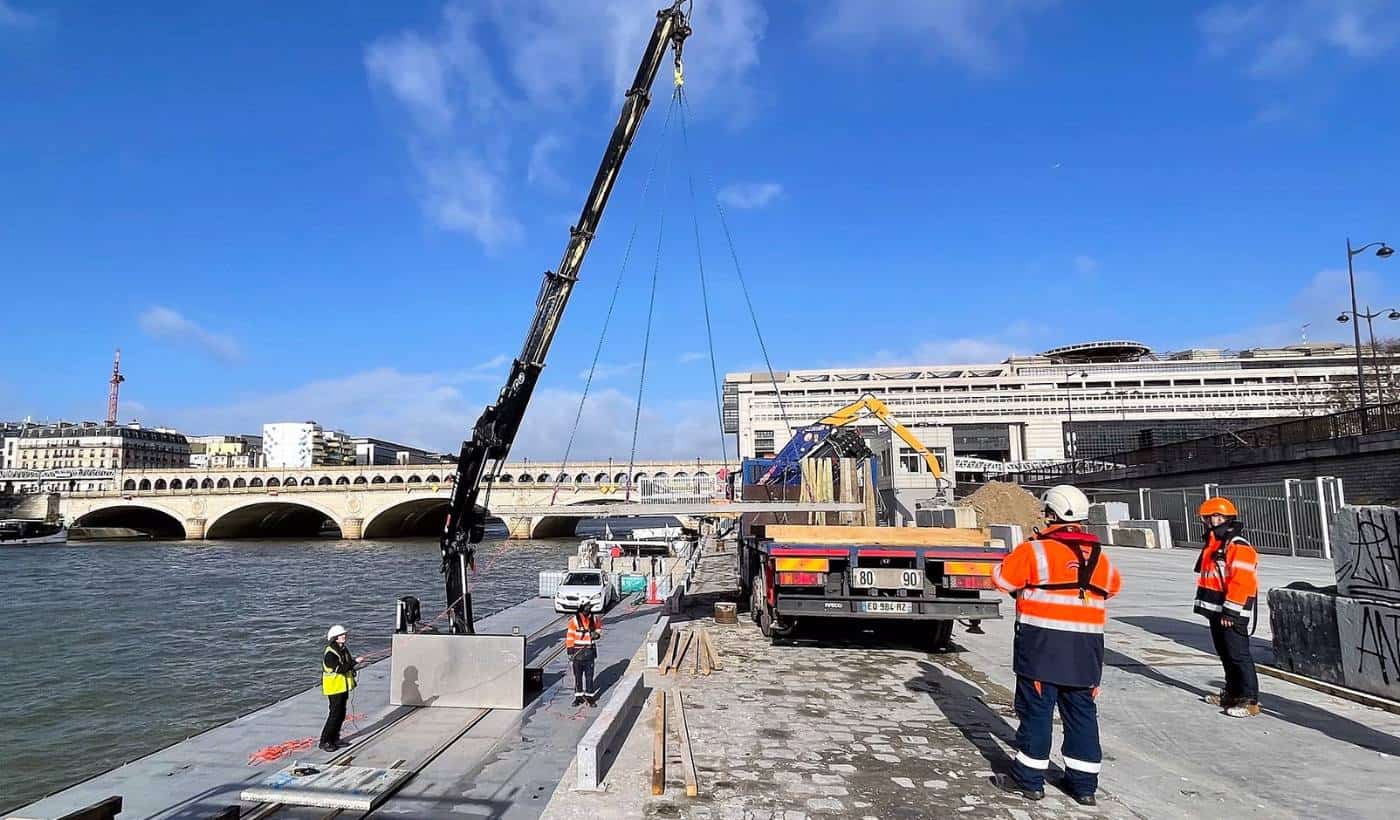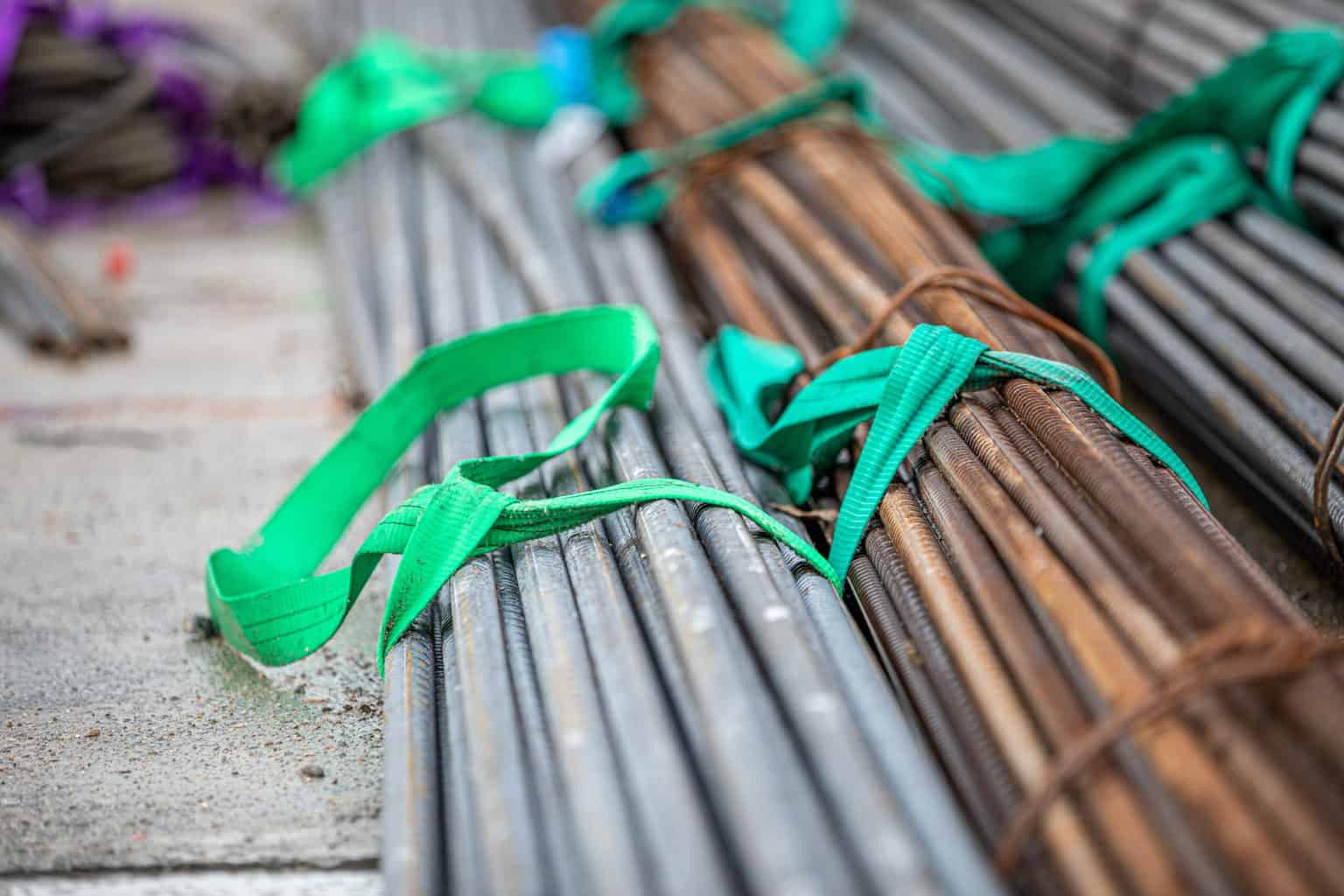
Are floating solar panels the future of the industry ?
4 minutes of reading
In Piolenc, in the French department of Vaucluse, 47,000 photovoltaic panels will soon cover 17 hectares… of water!

Hydrelio technology, developed by the SME Ciel et Terre, will be used for this power plant – the first in France on a scale of this kind. This French company is the world leader in the floating solar panels sector, a system already used widely in Japan and China. And which is now starting to gain ground in Europe.
In France, there are currently only a few small experimental installations for “working towards the social acceptance of such installations by fishermen, tourists and so on”, explains the Director of Energy Transition for the Compagnie nationale du Rhône, on the Actu Environnement website. With the availability of land becoming scarce and the French State wishing to double then number of solar panel installations by 2023, it seems that bodies of water could well be the solution.
And there are numerous advantages to this. Not only for the bodies of water being used, since the solar panels reduce evaporation, but also for residents, as the use of these spaces allows them to conserve farmland. The potential impact on biodiversity is reassuringly very slight, since the equipment does not need to be set in concrete foundations and the materials used are recyclable, such as aluminium and polyethylene.
There are a number of advantages to the technology itself: the centre of a body of water is rarely in the shade, so the panels have maximum sun exposure. And most importantly, the chill of the water prevents the panels from overheating and affords them maximum performance, well above that of land-based panels (between 20 and 35% for floating panels, as opposed to 15 to 20% for land-based panels).
The installation is scheduled to become operational next year. According to Ciel et Terre, it will be capable of supplying power to 4,700 households!
Most read
More reading
Read also

Article
20 minutes of reading

Energy
in partnership with


‘Paris at 50°C’: a fact-finding mission to prepare Paris for future heatwaves
Article
2 minutes of reading

What if your sites were supplied via rivers instead of roads?
Article
3 minutes of reading



